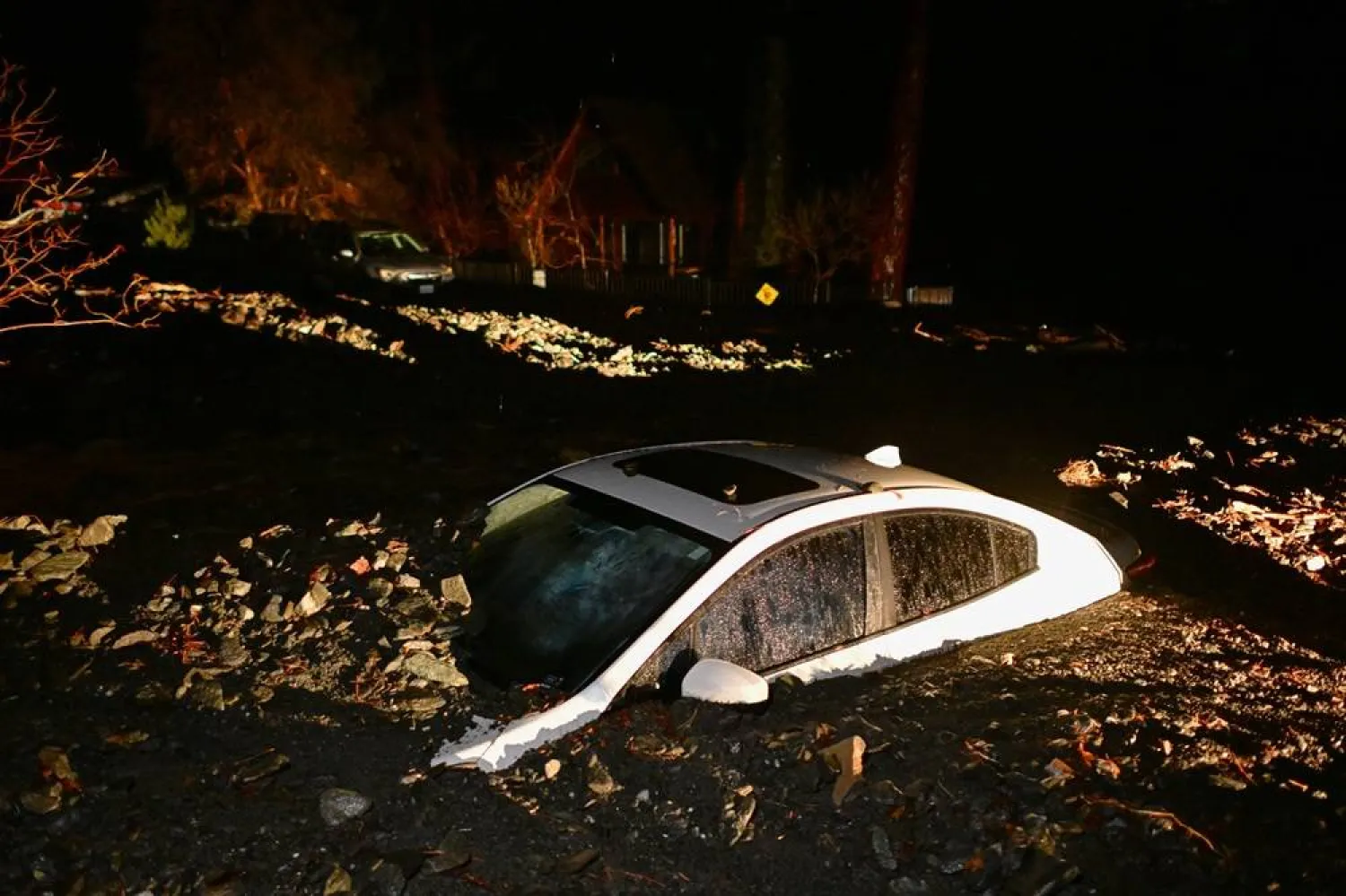Sweltering temperatures prompted heatstroke alerts in multiple Japanese regions on Wednesday, with dozens of people seeking emergency medical care in the capital Tokyo.
The hot weather was headline news in the country, which last year experienced its joint warmest summer ever as climate change fueled extreme heatwaves around the globe.
Record temperatures were logged in 14 cities for June, the Japan Meteorological Agency said, while in central Tokyo the mercury hit 34.4 degrees Celsius (94 Fahrenheit).
Doctors treated at least 57 people for heat-related malaise in the capital on Wednesday, adding to the 169 people seen on Tuesday.
At least three heat-related deaths were reported in other parts of the country this week.
Some Tokyo residents wore heat-repellent clothing to beat the high temperatures, like Junko Kobayashi, 73, who showed AFP her cooling scarf.
"I soak it in water and then wrap it around my neck. It feels refreshing. And I use this umbrella too. It blocks the light and heat so it feels cooler," she said.
Other elderly residents said they were trying to take it easy so as not to risk heatstroke, while 80-year-old Naoki Ito said he was making sure to regularly drink water.
"I don't need to take a big gulp, just a small sip here and there. It's important to remember that," Ito said.
Every summer, Japanese officials urge the public, especially elderly people, to seek shelter in air-conditioned rooms to avoid heatstroke.
Senior citizens made up more than 80 percent of heat-related deaths in the past five years.
Japan is also experiencing a record influx of tourists, with foreign visitors up 21 percent year-on-year in May.
"It's been pretty stinking," said 31-year-old Australian tourist Jack Budd, who was trying to find shade whenever possible with his travel partner.
"The breeze is quite warm so it's hard to get out of it unless you go inside," he said.









